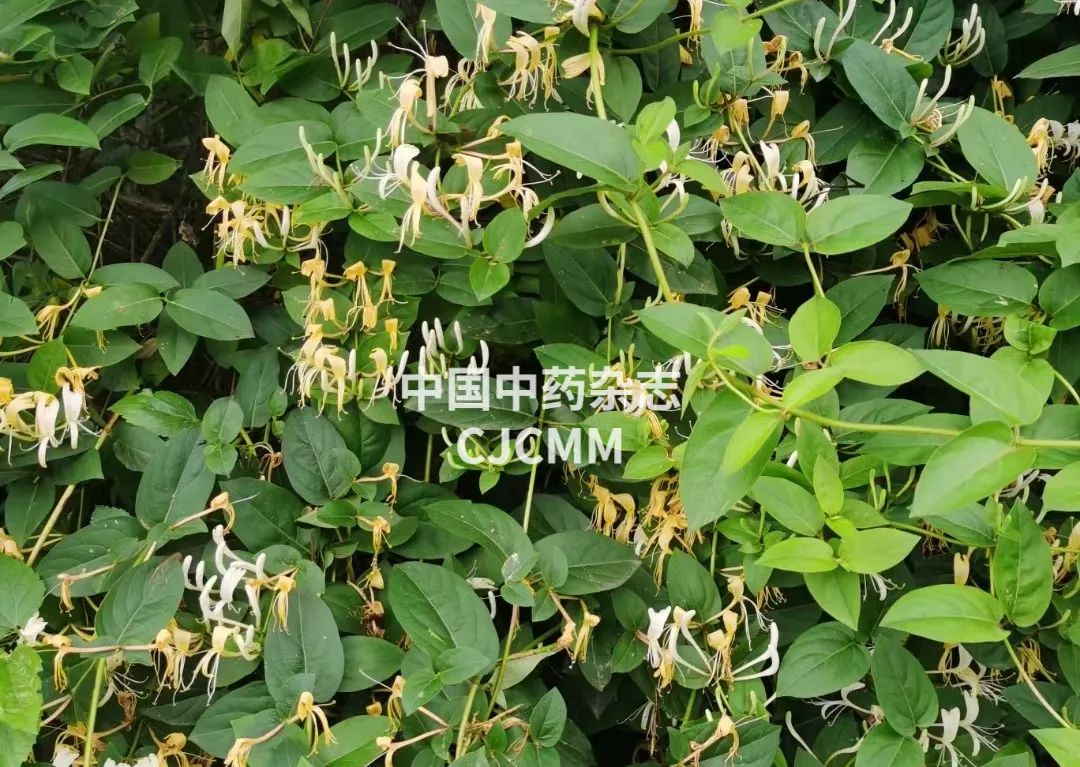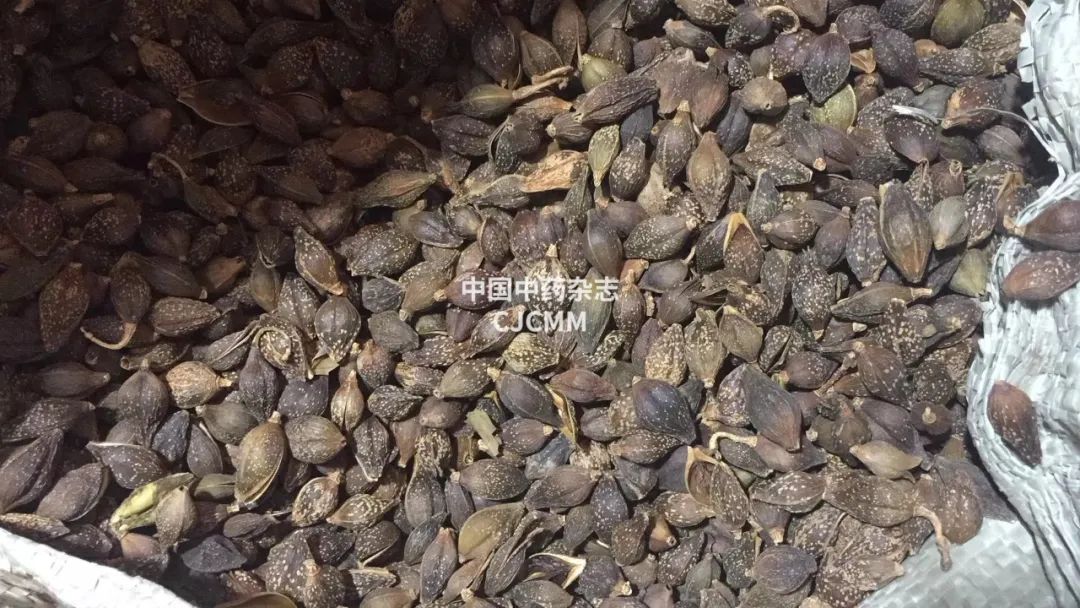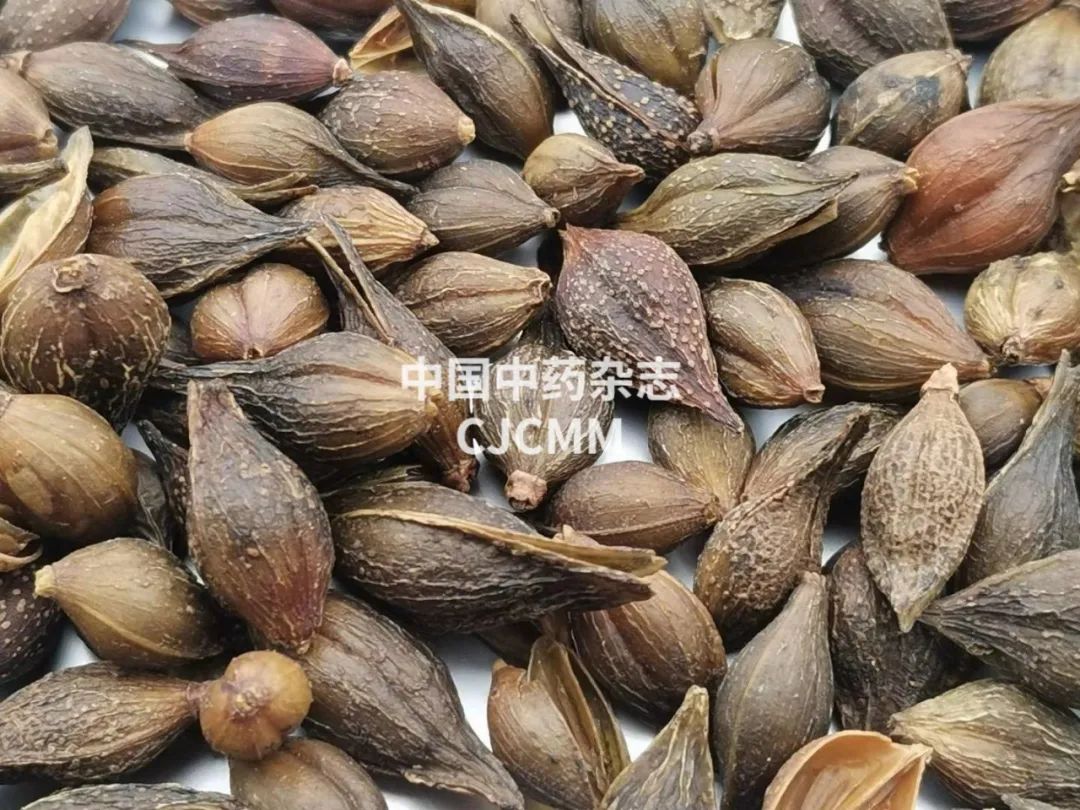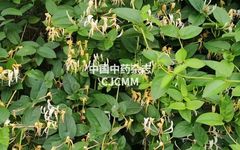 Author | Born Like the Wind Editor | Spring Breeze Reviewed | Xiao YePreviously, an uncle in my family caught a cold, constantly having yellow nasal discharge, nasal congestion, a sore throat, and a burning sensation during urination.
Author | Born Like the Wind Editor | Spring Breeze Reviewed | Xiao YePreviously, an uncle in my family caught a cold, constantly having yellow nasal discharge, nasal congestion, a sore throat, and a burning sensation during urination.
He took many medications with little effect; I noticed they were all for dispersing wind-cold. Upon examining his throat, I found it was red, his tongue was red with a thin yellow dry coating, and his pulse was floating and rapid.
So, I prescribed him the original formula of Yin Qiao San (Yin Qiao Powder). After two days, he called me back, thinking he was cured, but he felt the symptoms had not improved significantly and asked if I should modify the formula.
I felt the formula was fine and that symptoms should improve. Upon further inquiry, I discovered a detail had gone wrong. After addressing this detail, he took another dose of medicine, and his symptoms alleviated. After taking it for three consecutive days, he fully recovered from the cold.
Yin Qiao San Explained
Yin Qiao San originates from Wen Bing Tiao Bian, a formula by the Qing dynasty physician Wu Ju-tong. It is commonly used to treat colds, influenza, acute tonsillitis, and acute pharyngitis caused by wind-heat.
Typical symptoms include fever, dry or sore throat, yellow nasal discharge, cough with yellow phlegm, and a burning sensation during urination, with a red tongue and thin white or yellow coating, but relatively dry, and a floating and rapid pulse.
Some skin diseases, such as measles, urticaria, eczema, and carbuncles, caused by wind-heat toxins can also be treated with this formula.
Original Formula
Jin Yin Hua (Honeysuckle) – 30g, Lian Qiao (Forsythia) – 30g, Ku Guo Gen (Bitter Platycodon) – 18g, Bo He (Peppermint) – 18g, Zhu Ye (Bamboo Leaf) – 12g, Sheng Gan Cao (Raw Licorice) – 15g, Jie Geng (Platycodon) – 12g, Dan Dou Chi (Fermented Soybean) – 15g, Niu Bang Zi (Burdock Seed) – 18g.
Grind these into a powder. Each dose is 18g, decocted with fresh Lu Gen (Reed Root) soup. When the aroma is strong, take it immediately; do not over-boil. Lung medicines should be light and clear; over-boiling makes the flavor strong and enters the middle jiao. For severe cases, take every two hours, three times a day, and once at night; for mild cases, take every three hours, twice a day, and once at night; if symptoms persist, take again. The lungs are the highest organ, and heavy medicines can go beyond the disease; using less can lead to the problem of light medicine for severe illness, hence the method of Pu Ji Xiao Du Yin is used to clear and uplift.
First, let’s look at the composition of this formula. The two main herbs in the formula name, Jin Yin Hua and Lian Qiao, are the monarch herbs. Those familiar with these herbs know they have a fragrant aroma.
Traditional Chinese Medicine (TCM) believes that wind-heat pathogens easily invade the upper part of the body, much like the heat from food rising, so symptoms often manifest in the upper body or lung wei. These two herbs can directly reach the disease site, having the effects of dispersing wind-heat and clearing heat and detoxifying.

Bo He, Niu Bang Zi, Jie Geng, and Dan Dou Chi are the ministerial herbs. The first two are pungent and cool, good at dispersing wind-heat from the upper body, and have the effects of clearing the head and throat.
Although wind-heat causes illness, it requires pungent and cool herbs, but using warm herbs to open the pores and dispel pathogens is more effective, so Jie Geng and Dan Dou Chi are used to open the pores and dispel pathogens.
Lu Gen, Zhu Ye, and Ku Guo Gen are the assistant herbs. Since heat easily damages body fluids, the first two can clear heat and generate fluids.
Lu Gen grows by the water, so it is very effective in generating fluids. Ku Guo Gen can open the throat and act as a vessel to carry the medicine upward.
Sheng Gan Cao is the envoy herb, and it is particularly emphasized that it is used raw, having the effects of clearing heat and detoxifying, dispelling phlegm, and stopping cough. It is also used with Ku Guo Gen, forming a famous small formula by Zhang Zhongjing, Ku Guo Gen Gan Cao Tang, which can relieve throat pain.
The entire formula works together to have the effects of pungent and cool dispersing, clearing heat, and detoxifying. Moreover, this formula is not only exquisite in composition but also meticulous in decoction method, which requires special attention.
Usage Method
The name of the formula is Yin Qiao San, which, as the name suggests, is originally used as a powder. The current dosage is: Lian Qiao 30g, Jin Yin Hua 30g, Ku Guo Gen 18g, Bo He 18g, Zhu Ye 12g, Sheng Gan Cao 15g, Jie Geng 12g, Dan Dou Chi 15g, Niu Bang Zi 18g.
We can go to the Chinese medicine pharmacy to grind the above herbs into coarse powder, mix them evenly, and keep them for emergencies. This is actually more convenient than traditional decoctions and more effective than patent medicines.
When using, buy 20g of Lu Gen, preferably fresh, decoct for 20 minutes, filter out the dregs, let the Lu Gen soup cool, add 18g of coarse powder, boil with strong fire, then simmer for 5-10 minutes or until the aroma is strong, and take the liquid.
This is why my uncle’s cold did not improve for a long time; many people believe that the longer the decoction time, the stronger the medicine, but the dispersing medicine is different from regular tonics; prolonged decoction time causes the medicinal properties to descend.

Yin Qiao San should be lightly decocted to allow the medicinal properties to rise. Modern research also shows that prolonged decoction time can destroy the volatile effective components of Yin Qiao San, significantly reducing its efficacy.
Additionally, regarding the frequency of administration, Wu Ju-tong also informed us that for severe cases, it is necessary to increase the frequency of medication, shortening the intervals, taking every four hours, three times during the day, and once at night. For mild cases, the medication time can be extended or the frequency reduced, taking every six hours, twice during the day, and once at night.
Of course, we can also convert the powder into a decoction, with common dosages being Lian Qiao 15g, Jin Yin Hua 15g, Ku Guo Gen 8g, Bo He 8g (added later), Zhu Ye 8g, Sheng Gan Cao 8g, Jie Geng 10g, Dan Dou Chi 8g, Niu Bang Zi 10g. The decoction time should also be short.
In summary, Wu Ju-tong made several efforts to ensure that the medicinal properties do not descend, allowing them to remain in the upper part of the body. First, he selected herbs that are light and floral; secondly, he used a powder form, which is lighter in dosage but requires more frequent administration, keeping the medicinal properties floating in the upper part of the body. Lastly, the decoction method is short to avoid prolonged boiling that would cause the medicinal properties to descend.
In daily life, keeping Yin Qiao San at home can treat many respiratory diseases, such as common wind-heat colds and acute pharyngitis.
Application Scope
Wind-Heat Cold
TCM believes that the location of a cold is in the lung wei. The lungs are the “canopy” of the organs, positioned highest and connected to the nasal passages, governing the body’s skin and hair, like a golden bell jar, covering all organs internally and the body externally, regulating the opening and closing of the sweat pores.
Wind-heat pathogens tend to rise, easily invading the lung wei through the mouth, nose, or skin, leading to disharmony in the wei and loss of lung function.
Disharmony in the wei often presents with fever, aversion to wind, and headache, while loss of lung function often presents with cough, yellow sticky phlegm, yellow nasal discharge, and sore throat.
At this time, it is crucial to observe the patient’s tongue and throat, which is key to distinguishing between wind-cold and wind-heat. Generally, patients have a red tongue, thin yellow or thin white dry coating, a red throat, and swollen tonsils with throat pain, indicating heat pathogens.
At this time, Yin Qiao San can be used for treatment. If the throat pain is severe, 10g of Shan Dou Gen (Sophora Root) and 10g of Xuan Shen (Scrophularia) can be added to the decoction; if there is a cough with yellow sticky phlegm, 12g of Zhe Bei Mu (Fritillaria) and 10g of Gua Lou Pi (Trichosanthes Fruit) can be added; if thirsty, 10g of Tian Hua Fen (Trichosanthes Root) can be added.

Acute Pharyngitis
Acute pharyngitis is an acute inflammation of the pharyngeal mucosa. The pharynx is the gateway connecting the body to the outside world, making it highly susceptible to external pathogenic factors. Coupled with current climate changes, environmental pollution, and poor lifestyle habits, the incidence of this disease is very high.
This disease falls under the category of acute throat obstruction in TCM, with the etiology often being wind-heat toxins, and the location being in the lungs and throat. Clinically, it generally presents with sore or dry throat, or burning sensations that worsen during swallowing, dry mouth, mild chills, and significant fever, heavy cough with yellow phlegm, and redness and swelling of the throat and uvula, with follicles in the posterior pharyngeal wall.
The tongue edges and tip are red, with a thin yellow coating, and a floating and rapid pulse. At this time, Yin Qiao San can be chosen to clear heat, detoxify, and benefit the throat. If there is a lot of yellow phlegm, 15g of Yu Xing Cao (Houttuynia) can be added; if the cough is severe, 12g of Zhe Bei Mu can be added; if there is nasal congestion, 5g of Xin Yi Hua (Magnolia Flower) can be added (wrapped for decoction).
In fact, not only respiratory diseases but many skin diseases can also be effectively treated with Yin Qiao San when used according to syndrome differentiation. Broadly speaking, any disease with a wind-heat nature can consider using Yin Qiao San with modifications.
However, it is best to use the medicine under the guidance of a professional, as all good formulas are effective only when applied based on accurate syndrome differentiation to avoid misdiagnosis and delay in treatment.
 The content of this article is for reference only; non-TCM professionals should not attempt to use the medicine.Original submission: [email protected] (email), chunfeng52566 (WeChat)
The content of this article is for reference only; non-TCM professionals should not attempt to use the medicine.Original submission: [email protected] (email), chunfeng52566 (WeChat)

